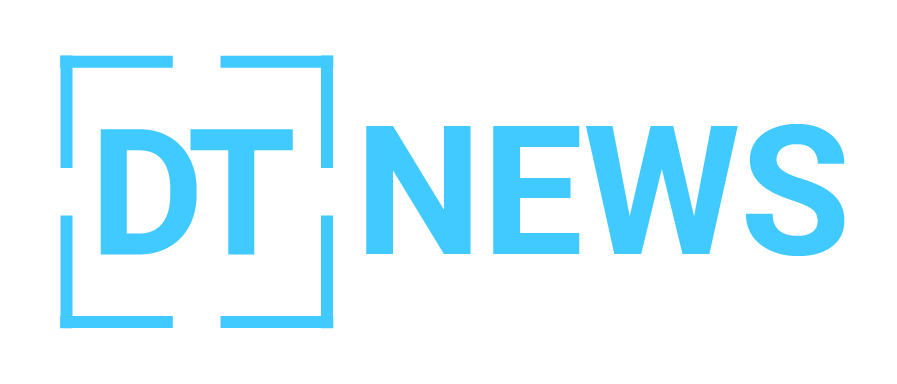Circle is expanding into the crypto and traditional financial world by acquiring Hashnote and partnering with the Cumberland subsidiary of DRW. Following the announcement made on January 21, Circle is set for the huge role stablecoins are about to play in global finance. Hashnote, being the issuer of the tokenized money market fund ‘Hashnote Short Duration Yield Coin’ (USYC), is a big player in the RWA space. According to rwa.XYZ, USYC is the largest tokenized money fund in the world, with over $1.2 billion in tokens issued across multiple blockchains, including Ethereum.
Speaking on the acquisition, Jeremy Allaire, CEO and Chairman of Circle, said:
“As cash and yield-bearing short-duration treasury bill assets become fungible and convertible at blockchain speeds, this development unlocks significant opportunities for institutional adoption and sets a new standard for financial market structures.”
USYC with USDC: A Liquidity Innovator
Officials say, Circles’ acquisition of Hashnote is to fully integrate USYC with its widely used stablecoin, USDC. This will combine the tokenized real-world assets with stablecoins and make these markets more liquid and accessible for institutions.
Circle wants to make USYC one of the top yield-bearing collaterals for exchanges, custodians and prime brokers. By making USYC fully fungible with USDC, they will also unlock more interoperability in the digital asset ecosystem.
Also, Circle’s partnership with DRW, one of the world’s largest institutional crypto traders, will increase the liquidity of USDC and USYC. Working with Cumberland, the trading arm of DRW, could bring more market activity and make USDC a part of crypto trading and traditional finance.
USDC on Canton: Layer-1 Blockchain Infrastructure
Circle also issued USDC on Canton, a layer-1 blockchain infrastructure for tokenized real-world assets. Based on reports, Canton has a big track record with over $3.6 trillion in tokenized RWA issued to date. It’s supported by major traditional banks, asset managers, and exchanges, thus making it a natural fit for Circle’s plans.
This fits with Circle’s overall strategy of getting USDC into legacy financial systems while keeping a foot in decentralized markets. This could open up new institutional use cases, from cross-border payments to collateralized lending.

Competing with Tether: The Road Ahead for USDC
However, USDC is still far behind Tether’s USD, or USDT, the stablecoin market leader. According to Artemis, Tether has $141 billion in supply, 69% of the stablecoin market. USDC, in contrast, has $44.6 billion in supply, which says a lot about the work Circle has to do to catch up.
Circle has been working to increase USDC adoption. In December, they reportedly partnered with Binance to make USDC a part of the exchange’s corporate treasury asset strategy. Also, Circle reported $20 trillion in all-time transaction volume and 78% year-over-year growth in supply.
However, Tether still remains strong; its wide adoption in international trading pairs and rich liquidity ecosystem make it the go-to for many users and institutions. Circle’s move with Hashnote and DRW is a big play to shift this dynamic in their favor and offer an alternative for institutional players who want an integrated and regulated solution.
Repercussions Across the Cryptocurrency Market
Circles acquisition of Hashnote and partnership with DRW is part of an institutionalization trend that is happening fast in the crypto space. RWAs, stablecoin ecosystems, means a new level of financial complexity where traditional and digital markets are blurring.

Using tokenized assets like USYC as collateral could open up new liquidity streams for institutional investors to participate in both decentralized and centralized financial markets. Partnerships with established players like DRW will give Circle more credibility and attract more traditional finance entities into the space.
Jeremy Allaire’s “new standard for financial market structures” is an industry-wide effort to align blockchain with traditional finance. By focusing on transparency, fungibility, and accessibility, Circle is positioning itself as a leader in the digital finance landscape.
Conclusion: Circle’s Big Play
This is a big moment for Circle with the acquisition of Hashnote and its partnership with DRW. Tokenized real-world assets in stablecoin markets is the foundation for a connected financial system.
There are challenges, Tether being one of them, but Circle’s focus on institutional adoption and regulatory alignment is unique. With USDC and USYC as the foundation of their strategy, they are well-positioned to lead the next wave of stablecoin.
As the crypto market evolves, these moves show the potential for digital assets to change global finance. Circle’s vision, if realized, will mean a new era of liquidity, accessibility, and trust in both decentralized and traditional markets.
Stay updated with Deythere as we’re available around the clock, providing you with updated information about the state of the crypto world.
FAQs
1. What is USYC?
USYC (Hashnote Short Duration Yield Coin) is a tokenized money market fund with over $1.2 billion in supply. It’s a yield bearing collateral that plugs into Circle’s stablecoin ecosystem.
2. How will Circle increase USDC liquidity?
Circle aims to increase USDC liquidity by partnering with DRW’s Cumberland and integrating USYC with USDC to make tokenized RWAs and stablecoins fungible.
3. What is Canton?
Canton is a layer-1 blockchain infrastructure for tokenized real-world assets. Circle is issuing USDC on Canton to use its network for broader institutional adoption.
4. How does USDC compare to Tether (USDT)?
USDC has made good progress on transaction volume and institutional adoption but is still behind Tether. Tether has a $141 billion supply vs USDC’s $44.6 billion.



















































































































